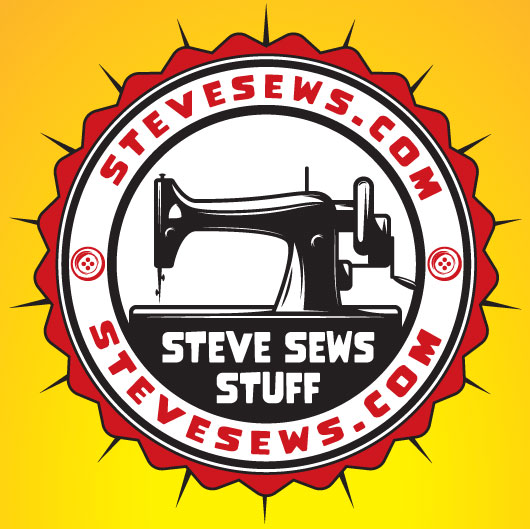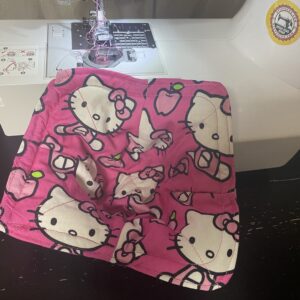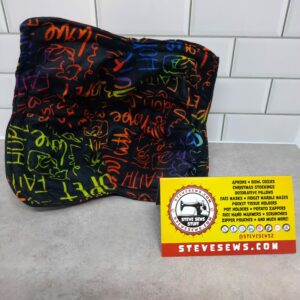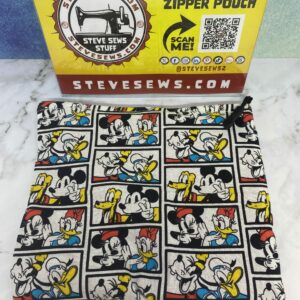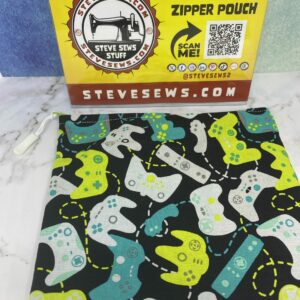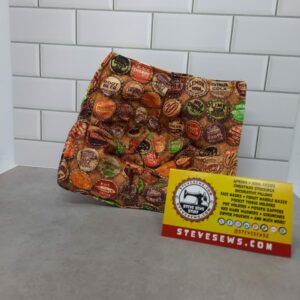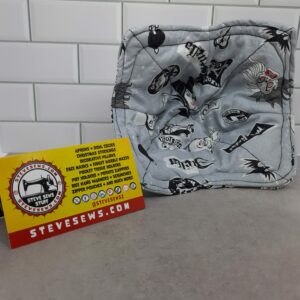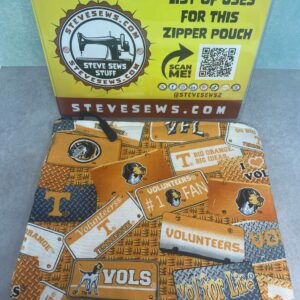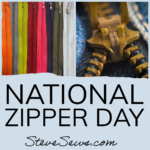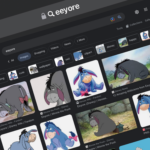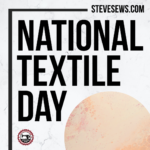The iron is a tool that plays a crucial role in sewing. It is used to press and shape fabrics, allowing them to lay flat and stay in place while sewing. While any iron can be used for sewing, there are certain types of irons that are specifically designed for this purpose. In this blog post, we’ll take a closer look at the iron that is used in sewing. #iron
History of the iron
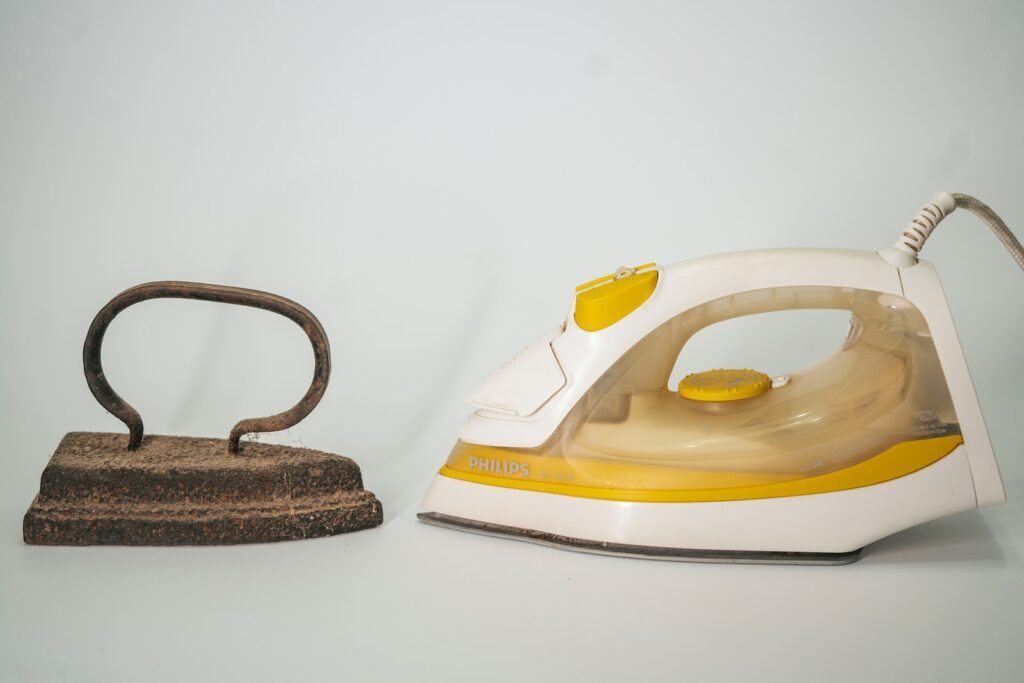
The iron is a tool that has been used for centuries to smooth and press fabrics. The history of the iron can be traced back to ancient China, where hot metal pans were used to press fabrics. Over time, the design and functionality of the iron evolved.
In the 17th century, ironing boards were invented, which made ironing more efficient and comfortable. These boards were originally made of wood and covered with blankets or cloth. Later, metal mesh was added to allow steam to pass through.
In the 19th century, the electric iron was invented. The first electric iron was patented in 1882 by Henry W. Seely, who designed an iron that heated up using an electric current. This was a significant development, as it made ironing much easier and faster than before.
In the 20th century, irons became even more advanced. Steam irons were introduced, which used water to create steam that could be used to smooth out wrinkles and creases. The first steam iron was invented in 1926 by a man named Thomas Sears.
Today, there are many different types of irons available, including cordless irons, travel irons, and even irons that are designed specifically for sewing. The technology has advanced significantly since the early days of the iron, but the basic concept remains the same: to heat and press fabrics to create a smooth, wrinkle-free surface.
Importantance of the iron
First, let’s talk about why the iron is so important in sewing. When you’re working with fabric, it’s important to have flat, smooth surfaces to work with. This makes it easier to measure and cut the fabric, and it also makes sewing much easier. Without a flat surface, the fabric can shift and move around, making it difficult to get accurate measurements and sew straight lines.
The iron helps to create these flat surfaces by pressing the fabric. When you apply heat and pressure to fabric, it causes the fibers to relax and lay flat. This makes it easier to work with and ensures that your finished project will look neat and professional.
Key features
So, what makes an iron suitable for sewing? There are a few key features to look for:
- Steam: Sewing irons often come with built-in steam functions. Steam helps to relax the fibers in the fabric, making it easier to press out wrinkles and creases.
- Temperature control: Different fabrics require different levels of heat to be pressed properly. A sewing iron should have adjustable temperature settings so that you can choose the right heat level for the fabric you’re working with.
- Soleplate: The soleplate is the flat surface of the iron that comes into direct contact with the fabric. Sewing irons often have soleplates that are coated in materials like ceramic or stainless steel. These materials distribute heat evenly and glide smoothly over fabric.
- Weight: A heavier iron can be more effective at pressing fabric, as it applies more pressure. However, it’s important to find an iron that isn’t too heavy to handle comfortably.
- Size and shape: The size and shape of the iron can also be important, depending on the type of sewing you’re doing. For example, if you’re working with small, intricate pieces of fabric, a smaller iron with a pointed tip may be more useful.
There are many different sewing irons available on the market, ranging from basic models to more advanced ones with a wide range of features. Ultimately, the best iron for you will depend on your specific needs and budget. Some popular brands of sewing irons include Rowenta, Oliso, and Singer.
In conclusion
The iron is an essential tool in sewing. It helps to create flat, smooth surfaces in fabric, making it easier to work with and ensuring that your finished projects look neat and professional. When choosing an iron for sewing, it’s important to look for features like steam, temperature control, a suitable soleplate, weight, and size/shape. By selecting the right iron for your needs, you can make your sewing projects easier and more enjoyable. Happy sewing!
Upcoming Events
This is a list of the upcoming events that Steve Sews will be at. If you know of one in the East Tennessee area, let me know.
None at this time. Check back later.
Meet …
Meet the staff and/or equipment for Steve Sews.
- Brother Stitch (Current Sewing Machine)
- Forge (Circuit)
- Interns
- Lovees (Stuffed Animals)
- Mendi (My Wife’s Sewing Machine)
- Rosie (Antique Sewing Machine)
- Steve (Steve himself)
- The Masked Bandit (Steve’s older Sewing Machine)
- Trainees
- Van the T-Rex (Helper)
- Zee (Face Mask Model)

SUBSCRIBE TODAY!
Don’t miss a single blog post about sewing, quilting, crafts, and recipes! Plus so much more!
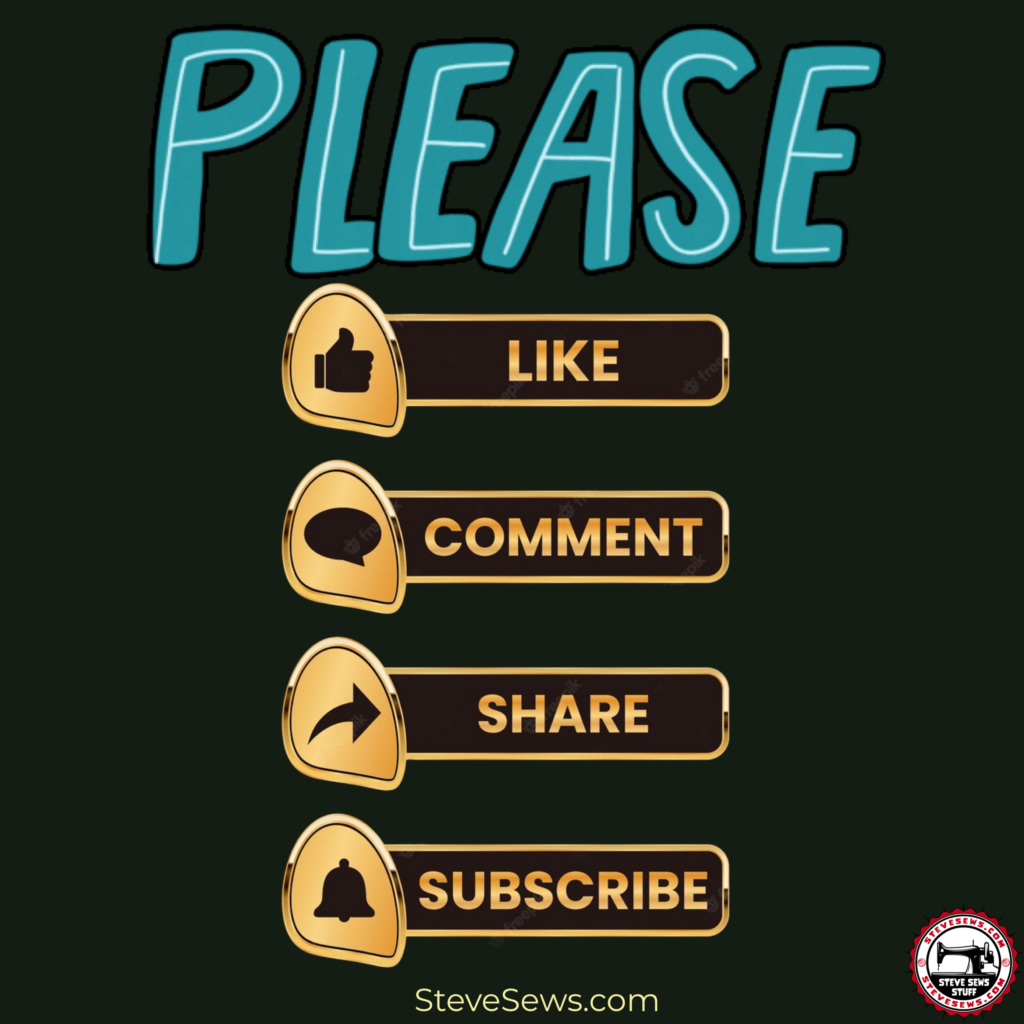
Follow on WordPress
Follow Steve Sews Stuff on WordPress.comFollow Steve Sews Stuff on Social Media:
You can also choose to follow Steve Sews Stuff on social media as well. (@SteveSews2)
Below are some examples of blog entries from all blogs that I do. (Courageous Christian Father, Steve Sews Stuff and SteveZ DesignZ).
Recent Feed of All of Steve’s Blogs
Recent Posts on Steve Sews
Below is a list of the most recent blog posts found on Steve Sews for you to check out.
Clipart: Unsplash, Pixabay, Pexels, Openverse, Adobe Express, Adobe Stock, FreePik, MetroCreative, Wonder AI, Algo AI and more. This site uses Amazon Affiliate Ads & Google Ads.
